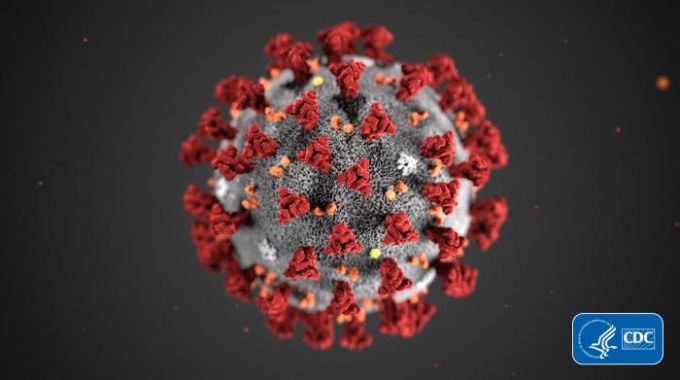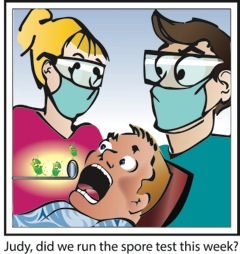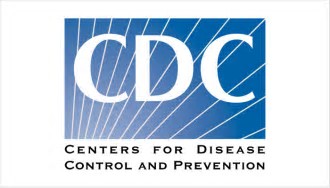As COVID cases surge across the country, California dental employers must continue to follow Cal/OSHA’s…
Decontaminating Heat-Sensitive Dental Instruments – Dental Regulation
The U.S. Centers for Disease Control and Prevention (CDC) recommends that heat-sensitive, reusable, patient–care items used during dental treatment be cleaned and undergo sterilization (critical items) or high-level disinfection (semi-critical instruments) between patients using a chemical sterilant/high-level disinfectant approved by the U.S. Food and Drug Administration (FDA).
Sterilization is defined as the use of a physical or chemical procedure to destroy all microorganisms including substantial numbers of resistant bacterial spores.
High-level disinfection means a disinfection process that inactivates vegetative bacteria, mycobacteria, fungi, and viruses but not necessarily high numbers of bacterial spores. FDA further defines a high-level disinfectant as a sterilant used for a shorter contact time.
Chemical sterilants will kill spores with prolonged exposure times (up to 12 hours). At similar concentrations but with shorter exposure periods (5-60 minutes), these same chemicals will kill all microorganisms except large numbers of bacterial spores; with the shorter exposure times, these chemicals are called high-level disinfectants.
Because liquid chemical sterilants can require up to 12 hours of complete immersion, they are almost never used to sterilize heat-sensitive critical dental instruments, but are more often used for high-level disinfection of semi-critical items.
When using a liquid chemical germicide for sterilization or high-level disinfection, certain post-sterilization procedures are necessary. Items need to be 1) rinsed with sterile water after removal to remove toxic or irritating residues; 2) handled using sterile gloves and dried with sterile towels; and 3) delivered to the point of use in an aseptic manner. If stored before use, the instruments should not be considered sterile and should be sterilized again just before use. In addition, the sterilization process with liquid chemical sterilants cannot be verified with biological indicators.
These powerful, sporicidal chemicals (i.e. glutaraldehyde, peracetic acid, hydrogen peroxide) are highly toxic. Manufacturer instructions regarding dilution, immersion time, and temperature and safety precautions for using chemical sterilants and high-level disinfectants must be followed carefully. Dental health professionals must follow all chemical label instructions for safety, efficacy, and proper application methods.
Since 1992, OSHA Review, Inc. has provided dental professionals with comprehensive programs to support regulatory compliance and infection control. We are a registered dental continuing education provider in the state of California, specializing in Dental Practice Act, infection control, and OSHA training.



